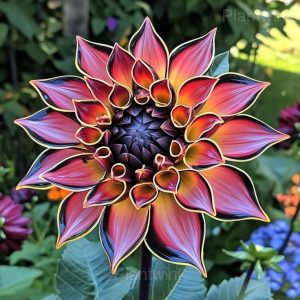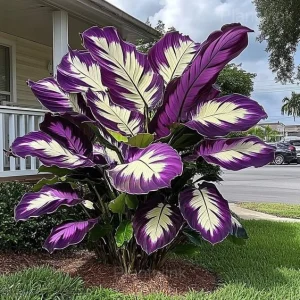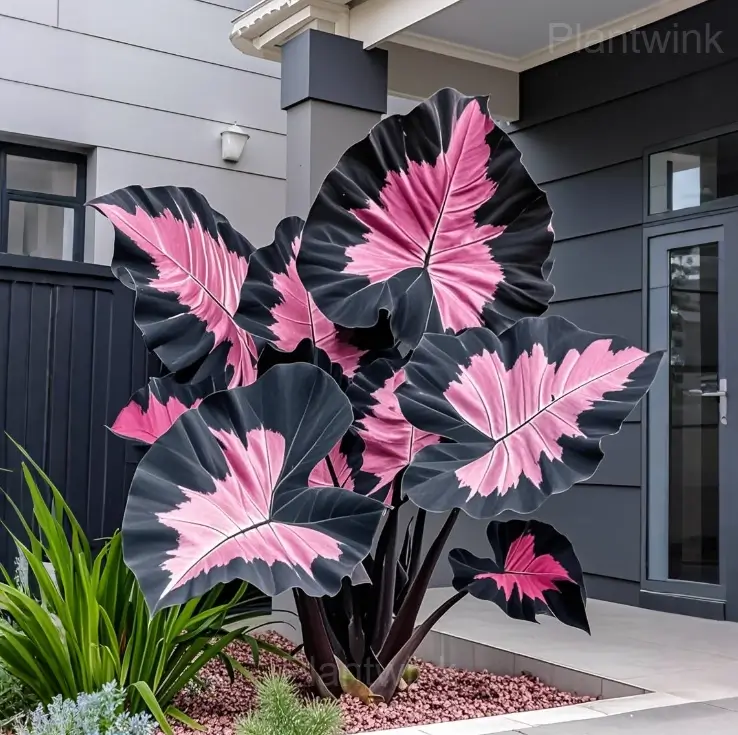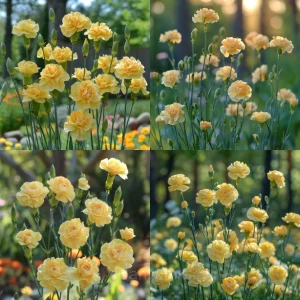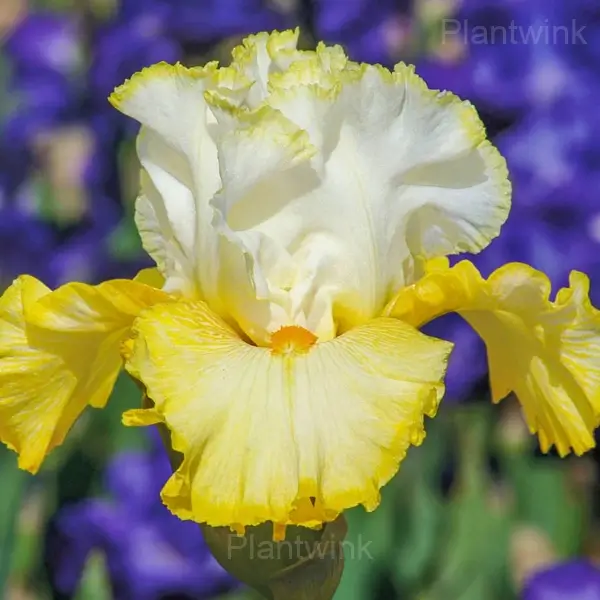Gentianaceae
Gentianaceae is a fascinating family of plants with an interesting story. Dating back to ancient times, gentians were used for medicinal purposes, particularly for digestive ailments. In fact, the name of the plant comes from the Greek word “gentius,” which means “of Gent.” According to legend, Gent was a king who discovered the medicinal properties […]
